100 Years of the Vortex - Colombia's Other Solitude
✒️ On the centenary of Colombia's often-overlooked masterpiece, I spoke to Margarita Serje - anthropologist and editor - about land, literature, and lessons unlearnt
Gabriel García Márquez is (rightly) a titan of literature both here and globally, but attention on Colombia - and its art - has a bad habit of picking single narratives at the cost of all others: coverage of this country tends to veer between folksy ‘magical realist’ tropes, and leeringly gritty depictions of narco-culture and violence.
Last month, Colombia celebrated the centenary of another of its literary masterpieces, The Vortex by José Eustasio Rivera - published in late November 1924. The novel documents a Colombia which is both lost to time and intensely palpable today - a novel which defies the binary stereotypes of people either exploding into clouds of butterflies or just… exploding.
Among the various special editions published to celebrate the anniversary, my favourite is the Cosmographic Edition, complete with maps and extracts of contemporary texts by writers including Alexander von Humboldt, Agustín Codazzi, and Roberto Pineda. I spoke to the edition’s editor, Margarita Serje, to get her take on Rivera’s novel, its close ties to the country’s geography, and the lessons we have not yet learnt - either from Colombia’s literature or from its land.
“Not a trace… the jungle devoured them!”
Few in Colombia get through secondary school without learning these words by heart, but outside of this country few know the novel.
These are the final words of The Vortex by José Eustasio Rivera, which celebrated its centenary last month and which ends here: in a dead end, the disappearance of its protagonists.
Somewhere between Conrad’s Heart of Darkness and Gaskell’s North and South, the book is an adventure and a romance, but it is also a ‘state of the nation’ novel in the purest sense.
And a nation like Colombia needed (and needs) a ‘state of the nation’ novel as unique as ranging as this one, which depicts Colombia’s booming rubber industry, its attempts to come to terms with its extraordinary geography, its struggle to forge a national identity, and the class and ethnic divisions which continue to plague the country today.
The book has been seen as a work of proto-eco-fiction, a tragic romance, a political protest, experimental modernism with touches of the satirical and picaresque - it has even even called ‘presurrealist’ - and the text itself has been compared to the impenetrable jungle Rivera evokes.
The novel follows Alicia, a bored high-society girl, and Arturo, a poet and - for the most part - the somewhat-unreliable narrator of the novel: a Romantic fop who aptly describes himself as ‘unbalanced - as impulsive as I am theatrical’ - a note which applies neatly to the narrative itself.
The two star-crossed (and class-crossed) lovers flee from rigid Bogotá to Casanare in the Eastern Plains of Colombia – a flat wilderness which is still home to the country’s most extraordinary wildlife, from anacondas and piranhas to giant anteaters.
Photo: Emily Hart, an anaconda in the undergrowth, Casanare, 2023
The novel portrays the Plains (known as the ‘Llanos’) as Colombia’s cattle-ranching Wild West, and the gateway to the Amazon rainforest - in many ways, still apt.
Alicia (now pregnant, though the pair have have already gotten bored of one another) is then kidnapped and taken deep into the Amazon, pursued by Arturo. The narrative moves from the fearsomely expansive and endless plains to the claustrophobic interior of the Amazon rainforest: a “green prison” and “cathedral of gloom.”
There, Arturo finds himself dragged into Colombia’s darkest heart at the turn of the 20th century: the rubber boom, during which thousands of indigenous people were enslaved, tortured, and massacred, and the rainforest was irrevocably ravaged.
“Civilised man is the champion of destruction...” La Vorágine
The Vortex: ahead of its time
As well as being a snapshot of a formative moment in Colombia’s history, it was a protest against the devastation which monoculture and unfettered exploitation of the rainforest bring - a critique as relevant today as it was then.
“Servitude is lifelong - both for slave and master. Failure and damnation are fates which haunt all those who exploit the green mine.
The jungle annihilates them, keeps them here, calls them back in order to swallow them alive. Even those who escape, taking refuge in cities, take this evil with them - carrying it in their bodies and souls… As if in punishment for the sacrilege they committed against the indigenous - and against the trees.” La Vorágine
Backed by Colombia's government, a Peruvian firm tapped rubber in the south of the country from 1912 to 1929. Juan Carlos Flórez, a historian, has written that the rubber boom was a holocaust, writing that it wiped out 80% of the indigenous peoples of the Colombian Amazon.
“Just like Conrad’s work, The Vortex brings us the horror of progress, of extraction, of colonialism. It is a brave book – and was very controversial in its day. Even though it is a novel, it was among the first documents to report on massacres of indigenous people by the rubber barons. It’s a protest against the whole system,” Margarita told me.
Estimated deaths are in the hundreds of thousands, and the torture and enslavement (often via debt, also common in modern day slavery) which constituted the industry’s modus operandi are painted vividly by Rivera.
“This book illustrates a lot of things which are still happening in Colombia today - it’s incredible to read it today and see the similarities. It’s a global issue - the same things are happening in Africa, in South-East Asia - there’s a new extraction boom which is, of course, accompanied by landgrabs,” she said.
“Sadly, not much has changed, that’s what impacts you reading this novel – its relevance: it’s a lesson we still haven’t learnt. It’s not rubber anymore - rubber is mostly synthetic now - it’s gold and coltan, but the same logic persists.”
“Geography has been an obsession for Colombia,” Margarita says.
Her ‘cosmological’ edition of the book, already in its fifth edition, is packed with maps and extracts from contemporary texts, trying to collage back into existence the world which created the book - the world the book in turn evokes.
“We included contemporary maps and worked in maps of the journeys of the characters. Territory was one of the central preoccupations of Rivera himself, who was very affected when Colombia lost Panama, which was a huge event for Colombia’s future - and he himself was involved in the drawing of borders with Brazil, Venezuela, and Peru. The region’s borders were still radically shifting even as the novel was being written.”
The edition taps into a peculiarly Colombian preoccupation with territory – the issue over which centuries of civil conflict have been fought - and over which conflict persists in the country.
Geography is a puzzle Colombia still faces today, navigating ongoing guerrilla conflict and attempts to develop infrastructure amid tangled Andean ridges, labyrinthine river systems, dense forests, and Amazonian jungle. According to a recent Harvard study, the country has the third most complex geography in the world - behind Afghanistan and the Republic of Congo
“This poor country is not known to its own children, not even to its geographers!” La Vorágine
Bringing the Amazon to Bogotá
The Vortex is a critique of exploitation, both of people and of natural resources, but is also a celebration of nature: a tribute to Colombia’s diversity, from its Andean capital to the endless plains of the east and the jungle of the south.
Colombia is classed a ‘mega-diverse’ country, and Rivera’s writing is dense with ecology, with guaduas, palmeras, anacondas, and jaguares, detailing landscapes, climates, species and breeds as it voyages across the country. Academics have created lists of the species Rivera mentions - often using regional dialects or common-language names - lists which in turn reveal the plants and animals which are no longer seen, only a hundred years later.
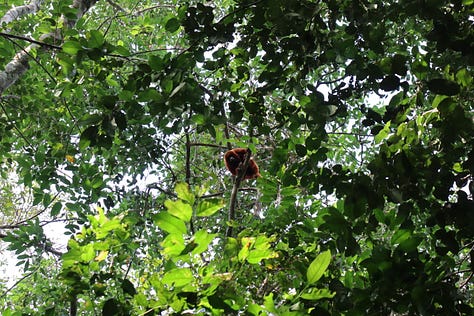
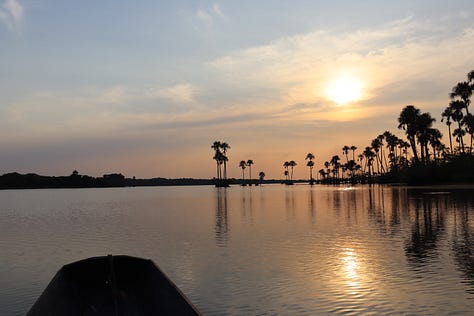
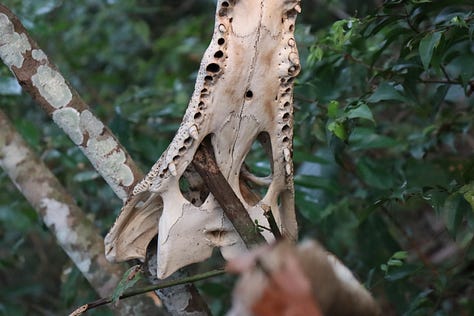
“He wanted to bring to light - and to the attention of people in Bogotá - these issues, and a part of the Colombian territory which nobody really knew - Amazonia - a huge region. Colombia is a country of jungles, but has not wanted to recognise itself as such.”
“And I don’t think we’ve learnt Rivera’s lessons - I think we still see this region through a curtain of prejudice, of disdain and disregard. We still think it is wild, we talk about the jungle rather than understanding it as a social landscape shaped by thousands of years of indigenous life. That thinking is a colonial inheritance.”
For Colombia, to celebrate this book is a act against forgetting its own geography and history - both of which create and represent the diversity and totality which is Colombia’s identity. For the centenary, the work has been translated into five new languages - including a new English translation and a version in Nükak, the language of one of the last nomadic peoples of South America, who live in the Colombian Amazon.
The Vortex's centenary may not be an opportunity to recuperate what was lost during the devastation of the 20th Century, but there are as-yet-unlearnt lessons in the text, not just about country but about the world at large - our geographies and our power dynamics, as we continue to shape our relationship with land and resources.
“In terms of biodiversity we are at 30% of what we were a century ago, in some ways that Colombia doesn’t exist any more,” Margarita told me. ”But there is another reading which says Colombia is just the same.”
“And then we set out again, plunging into the immensity.” La Vorágine
Photo: Emily Hart, a chigüiro (capybara) crosses deforested cattle-ranching territory, Casanare, 2023
Quotes are from the Catedra edition of ‘La Vorágine’, translations are mine.

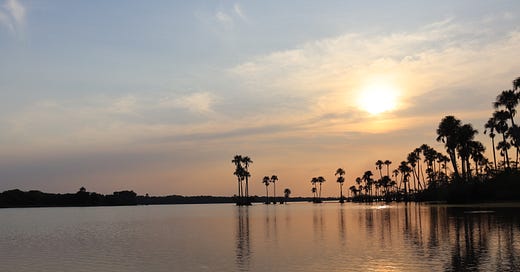



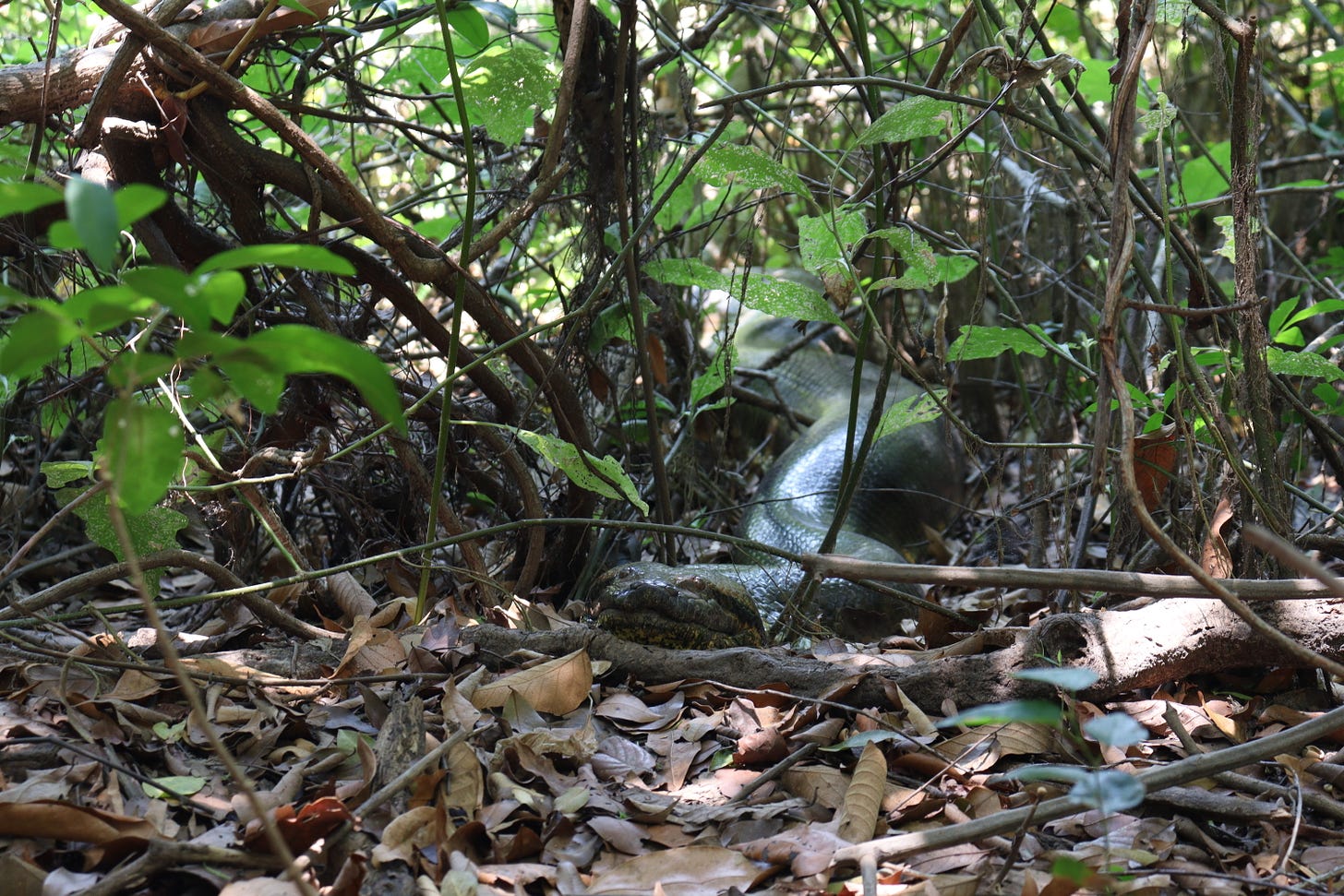
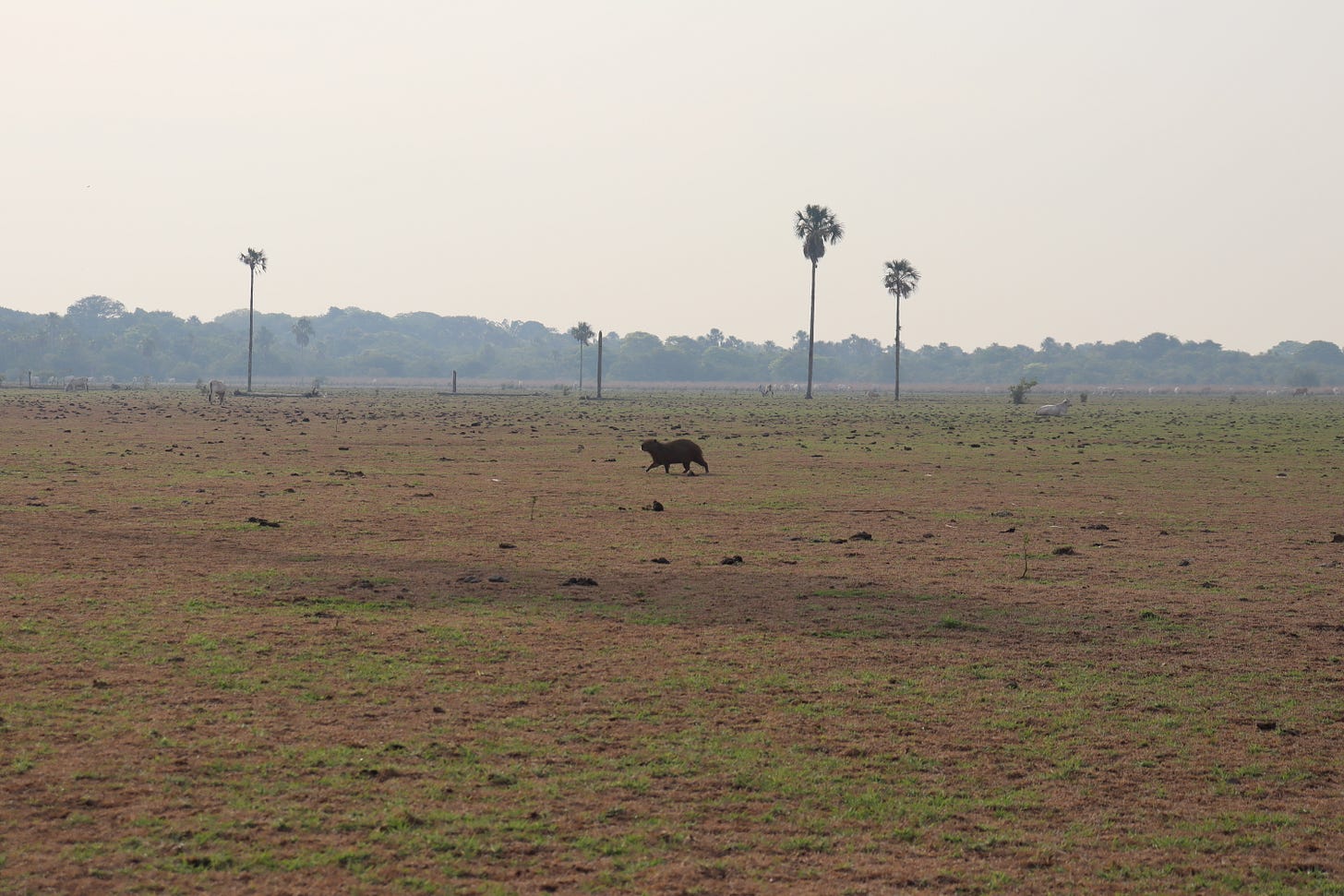
Thank you, Emily, that is really interesting. I see you can get the book, The Vortex in paperback for under £12.00. Best wishes, MPK